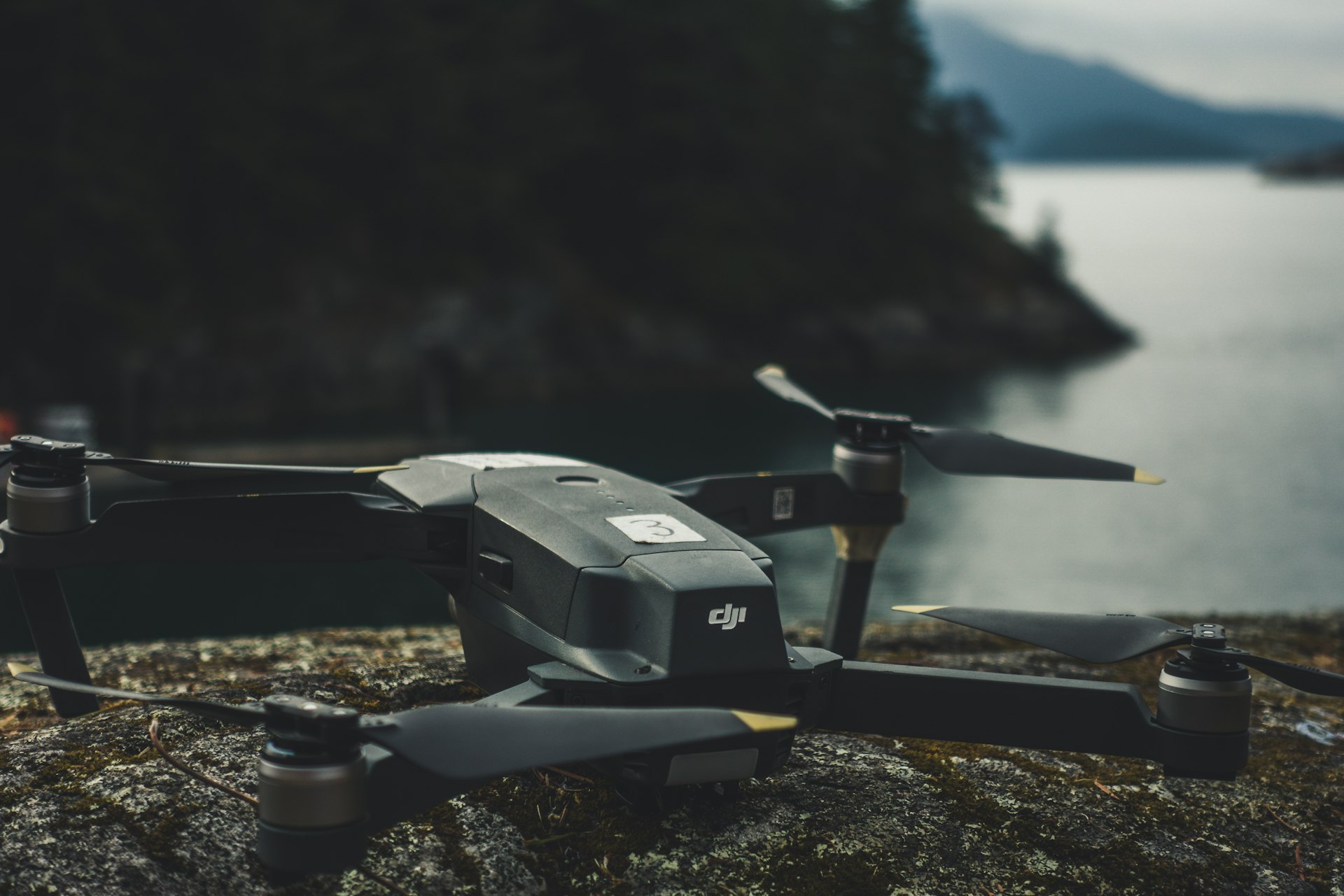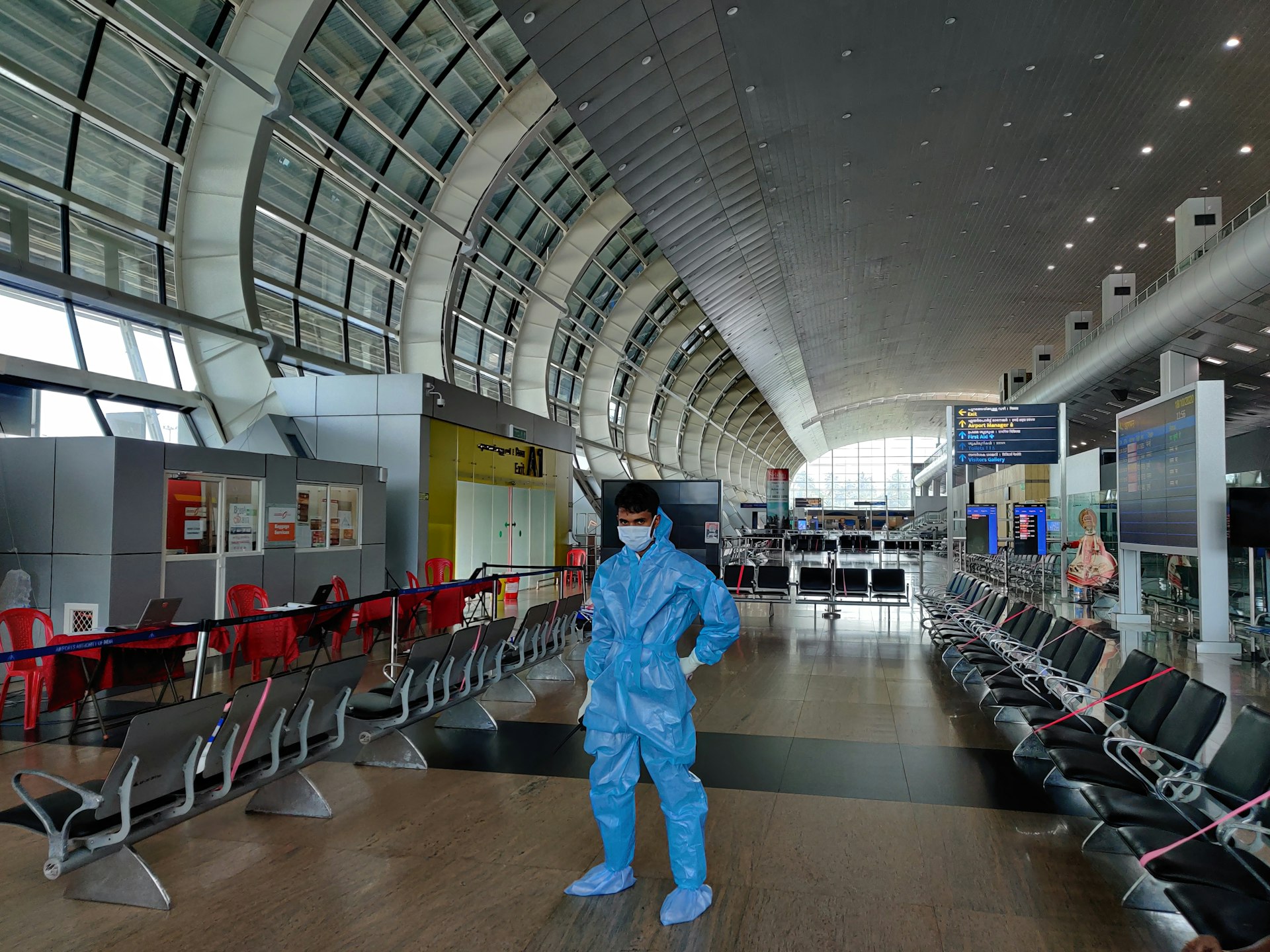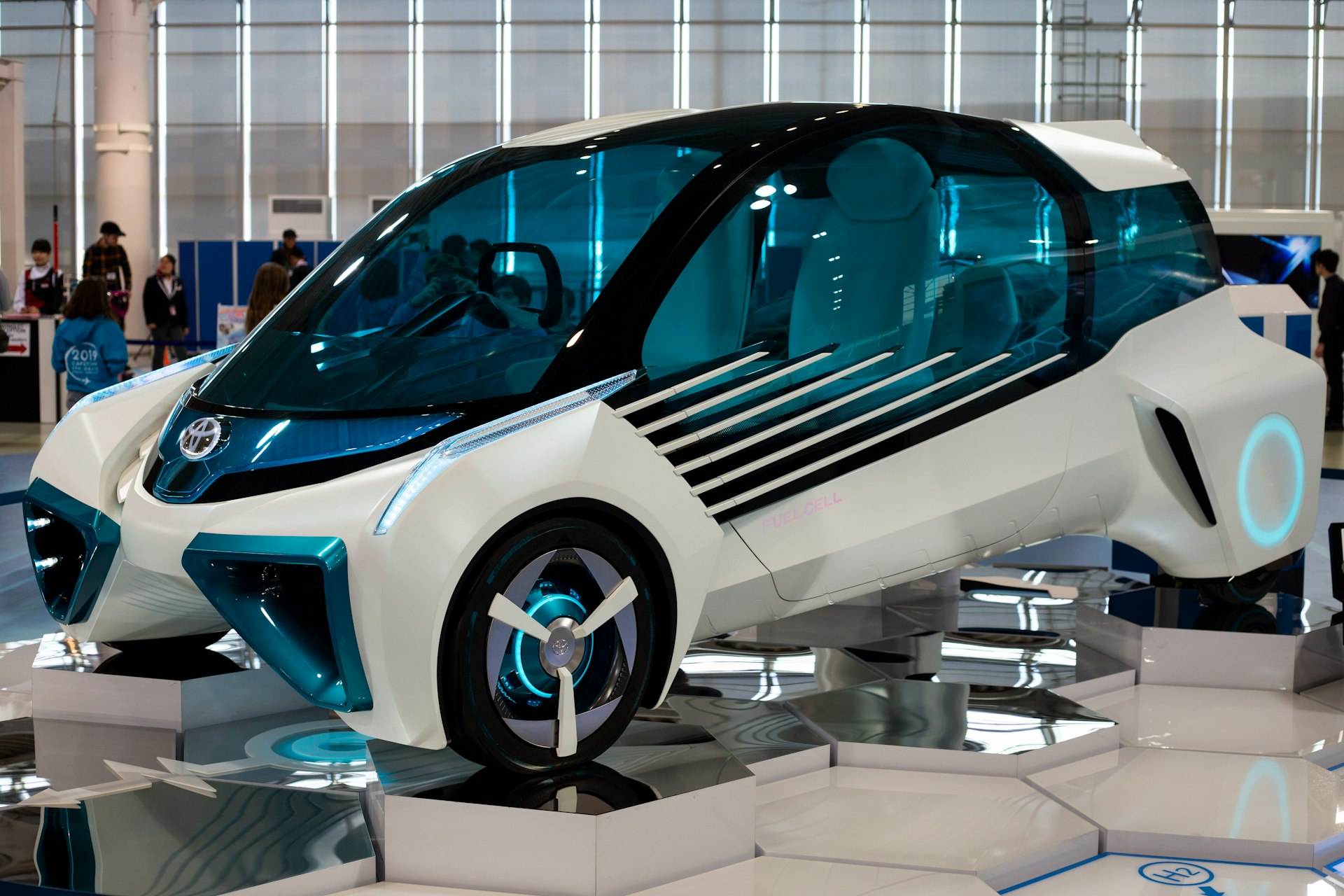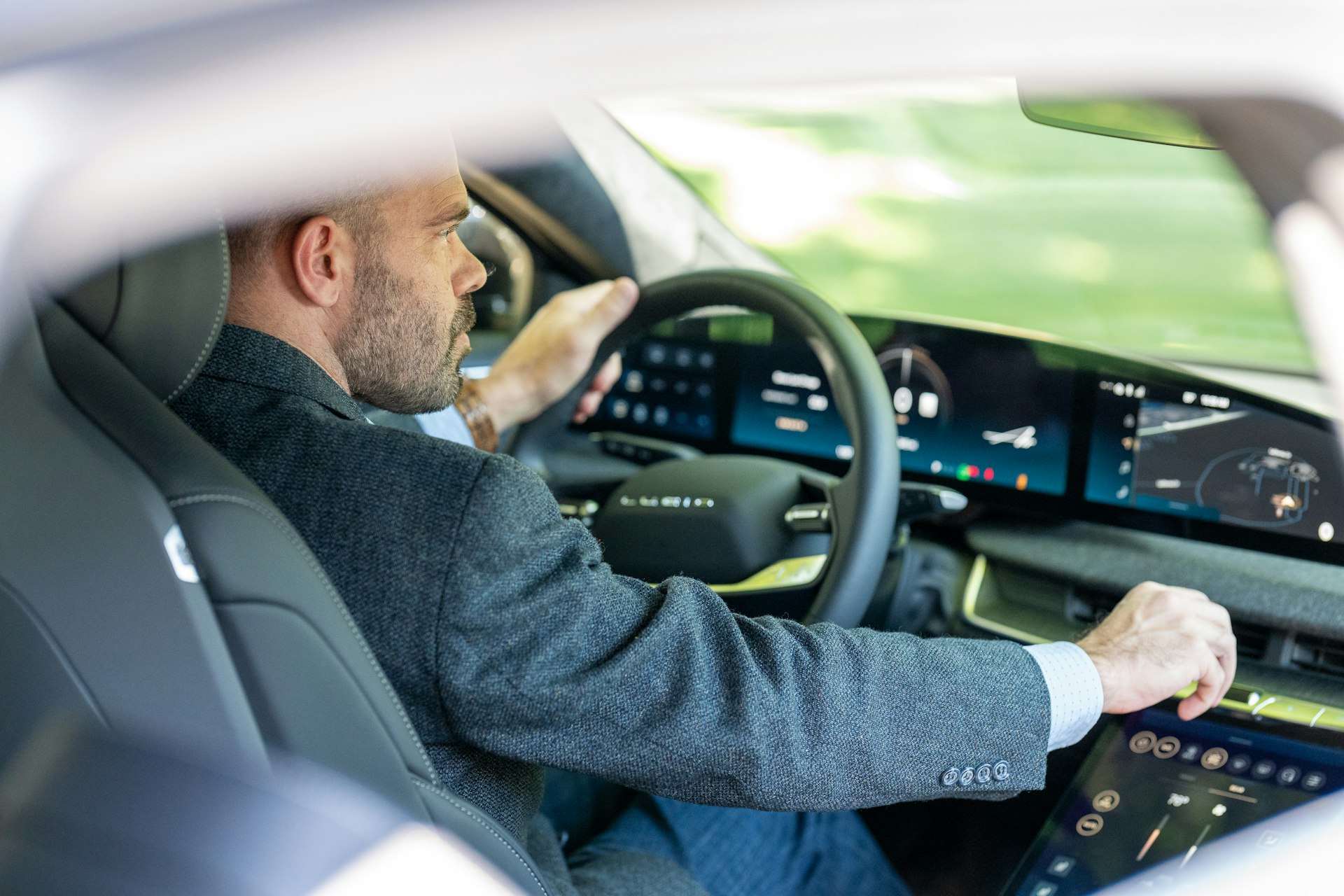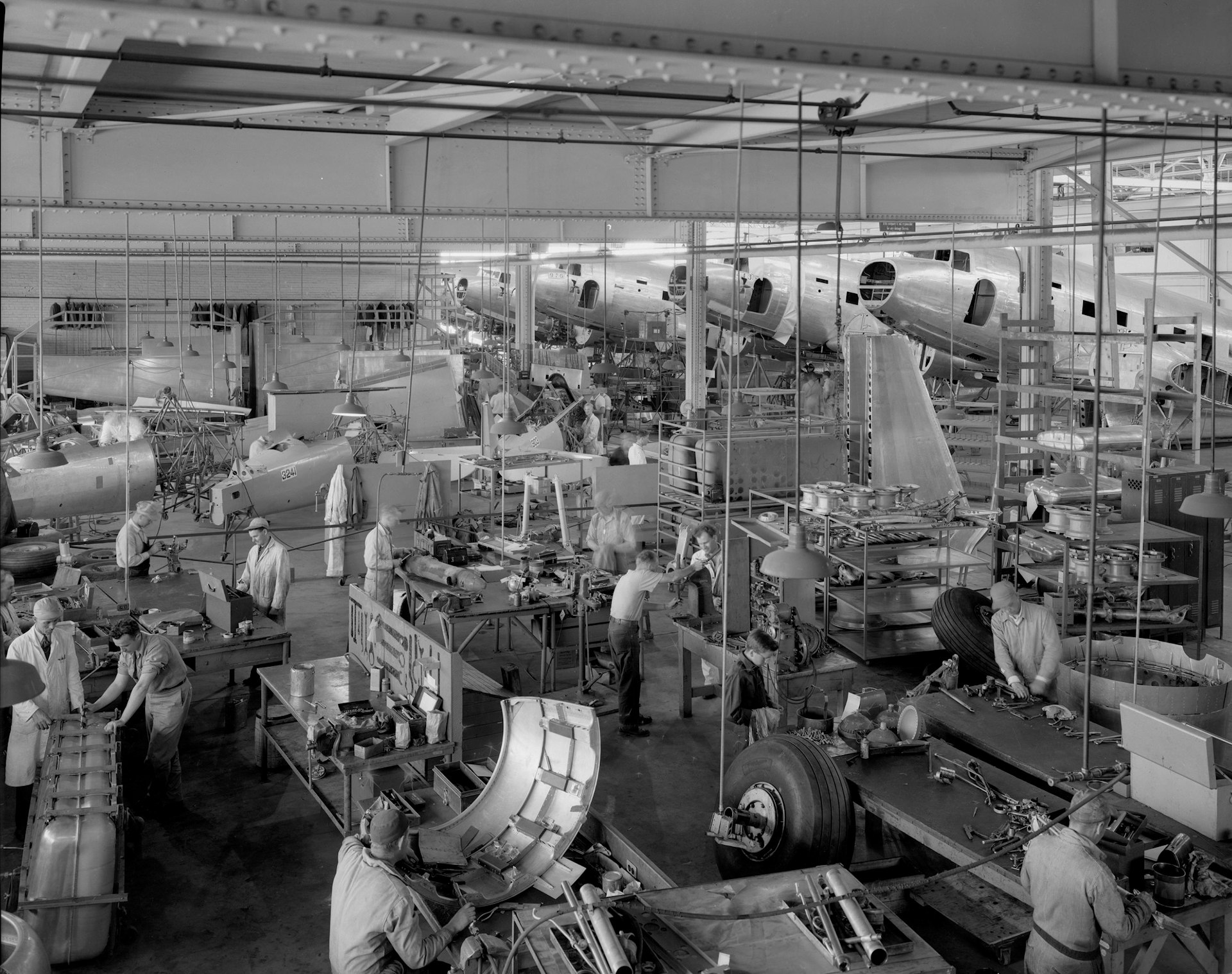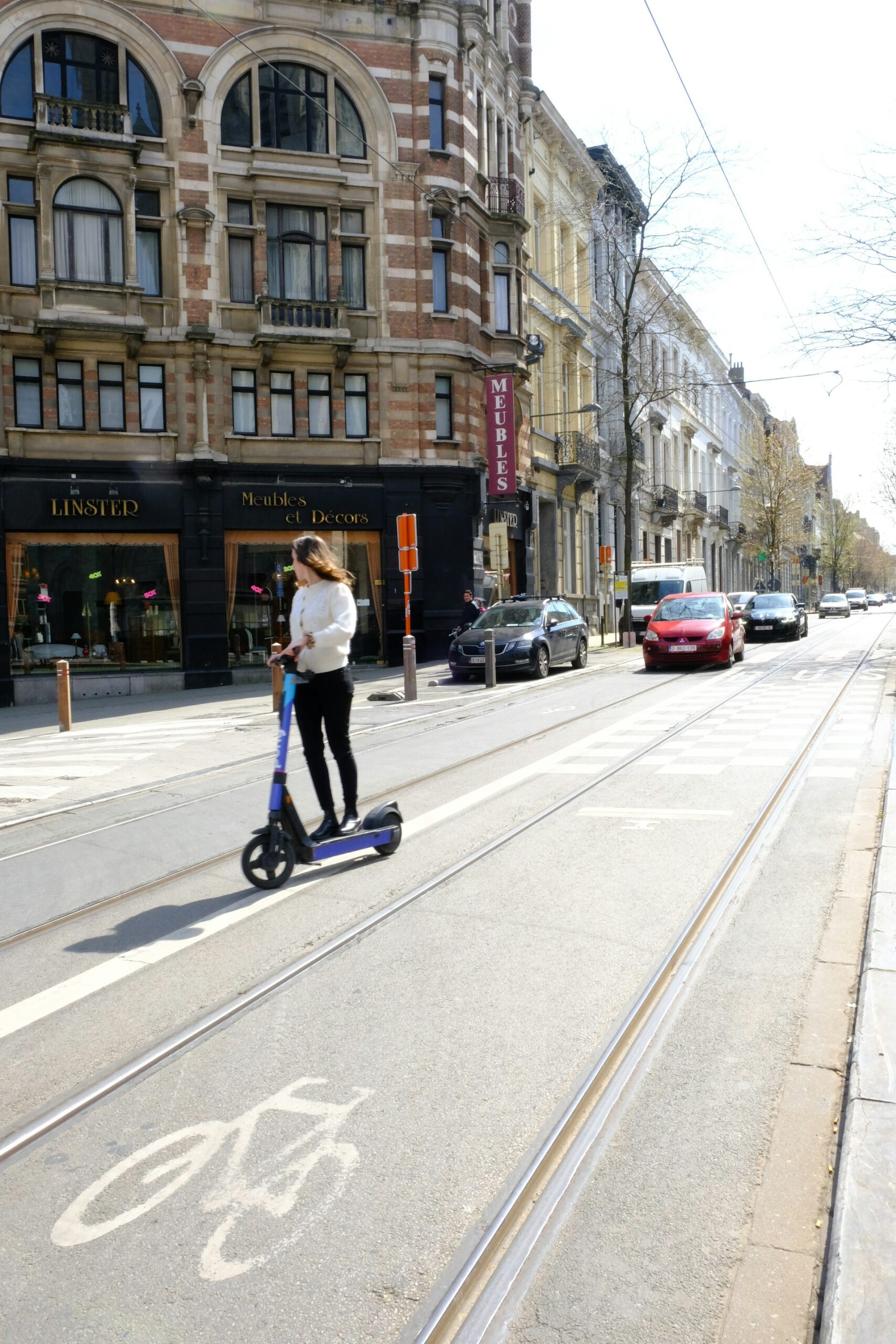Driving Change: The Critical Role of Inclusive Automotive Design

Photo by Heamn Aulakh on Unsplash
Introduction: Why Inclusive Automotive Design Matters
Automotive design has evolved far beyond aesthetics and performance. Today, inclusive automotive design is recognized as essential for enabling mobility and independence for users of all abilities. By creating vehicles that accommodate a diverse range of needs-including those of people with permanent, temporary, or situational disabilities-manufacturers can expand market reach, improve safety, and foster a more equitable society [1] .
Understanding Inclusive Automotive Design
Inclusive design in the automotive sector ensures vehicles are usable by as many people as possible, regardless of their abilities, age, or background. This approach moves beyond compliance with accessibility laws to proactively address real-world challenges faced by drivers and passengers. It encompasses everything from
physical adaptations
for wheelchair users to
interface upgrades
that aid those with sensory or cognitive differences
[2]
.
Key Principles
- Empathy-driven research: Understanding diverse user needs through interviews, co-design workshops, and journey mapping.
- Flexible design: Creating features that benefit a spectrum of users, not just those with permanent disabilities.
- Iterative prototyping: Testing solutions with real users and refining based on feedback.
Benefits of Inclusive Automotive Design
1. Expanding Market Reach and Brand Loyalty
Designing for inclusivity opens up vehicles to wider demographics, including older adults, people with disabilities, and families with specific mobility needs. This not only fulfills a social imperative but also strengthens brand reputation and can lead to increased sales [1] . Companies that prioritize inclusivity often see boosts in customer loyalty and positive public perception [2] .
2. Enhanced Safety
Safety is a universal concern. Inclusive design reduces risks by addressing the needs of users who may struggle with standard vehicle features. For example, larger touchscreens with tactile feedback can assist drivers with visual impairments, while adjustable pedal systems can accommodate different body types. These improvements can benefit everyone-not just those with disabilities-by making vehicles easier and safer to operate [1] .
3. Greater Independence and Participation
For many, access to personal transportation means access to employment, education, healthcare, and community life. Inclusive vehicle adaptations, such as hand controls, swivel seats, or automated ramps, can empower users to participate fully in society. This fosters independence and can significantly improve quality of life [4] .
4. Community Engagement and Social Inclusion
Accessible vehicles make it easier for individuals with disabilities to attend events, join support groups, and volunteer in their communities. This engagement not only benefits the individual but also promotes broader understanding and inclusion within society at large [4] .
Examples of Inclusive Design in Action
Automotive companies are advancing inclusive design through features such as:

Photo by Austrian National Library on Unsplash
- Hand controls and pedal extensions: Allow drivers with limited leg mobility to operate vehicles safely.
- Swivel and height-adjustable seats: Simplify entry and exit for those with mobility challenges.
- Voice-activated interfaces: Assist drivers with limited dexterity or vision.
- Customizable digital displays: Adaptable for users with sensory or cognitive differences.
- Automated ramps and lifts: Enable independent access for wheelchair users.
These features are often the result of direct collaboration with users, including those with disabilities, to ensure real-world effectiveness [3] .
Emerging Trends: Autonomous Vehicles and Inclusive Design
The rise of autonomous vehicles (AVs) presents new opportunities and challenges. AVs can potentially provide door-to-door mobility for individuals who cannot drive due to physical, sensory, or cognitive disabilities. Current research emphasizes the importance of designing AVs with features such as easy vehicle identification, automated boarding aids, and intuitive digital interfaces [3] . The U.S. Department of Transportation has actively sought innovative design solutions for AVs to ensure independent use by people with disabilities [5] .
How to Access Inclusive Automotive Solutions
Finding accessible vehicles and adaptation services involves several steps:
- Identify your specific requirements. Consider mobility needs, driving preferences, and any assistive technology you may require.
- Consult with mobility specialists or occupational therapists. These professionals can help you determine appropriate modifications and may refer you to reputable adaptation services.
- Research vehicle adaptation providers. You can find companies specializing in custom modifications for vehicles through national mobility associations, local rehabilitation centers, or by searching for “automotive mobility solutions” in your area.
- Explore funding options. Insurance coverage for adaptive equipment varies; you may also find grant programs through nonprofits or government disability agencies. For U.S. residents, contacting your state’s vocational rehabilitation agency can provide guidance on available assistance.
- Test adapted vehicles before purchase. Many dealerships or adaptation providers can arrange demonstrations or short-term rentals to ensure suitability.
If you are unsure where to begin, you can contact organizations like the
National Mobility Equipment Dealers Association
(NMEDA) or consult your local Department of Motor Vehicles for information on certified adaptation providers. For federal initiatives, search for the U.S. Department of Transportation’s accessible vehicle resources.
Practical Steps for Automotive Businesses
Automotive manufacturers and dealerships seeking to embrace inclusive design should:
- Engage with diverse user groups during the design and testing phases, especially individuals with various disabilities.
- Invest in staff training around accessibility and customer service best practices.
- Stay informed on regulatory requirements and emerging technologies that support inclusivity.
- Collaborate with advocacy organizations and accessibility consultants to continually improve vehicle offerings.
Continual feedback and innovation are critical to ensuring that new models meet the evolving expectations of a diverse customer base.
Challenges and Solutions
Implementing inclusive design is not without challenges. Barriers include production costs, lack of standardized guidelines, and limited awareness among designers and engineers. Overcoming these requires commitment, education, and collaboration between industry, government, and the disability community [5] .
Solutions may involve leveraging universal design principles, investing in modular adaptation kits, and utilizing emerging technologies such as artificial intelligence to personalize vehicle functions for each user.
Alternative and Future Approaches
While many inclusive features are now available as aftermarket adaptations, there is a growing shift toward embedding accessibility into standard vehicle designs. This could eventually reduce costs and ensure that inclusion is a baseline expectation, not an exception. As shared and autonomous transportation options expand, ongoing research will continue to inform best practices and innovative new solutions [3] .
Key Takeaways
Inclusive automotive design is both a business opportunity and a social imperative. By prioritizing the needs of all users, manufacturers, service providers, and communities can create a transportation ecosystem that is safer, more comfortable, and accessible for everyone. To get started with inclusive vehicle adaptations, consult mobility specialists, research certified providers, and explore available financial support through official government and nonprofit channels.
References
- [1] TrueAssist Tech Blog (2023). The Importance of Inclusive Design in Automotive Industry.
- [2] Star Global (2022). Inclusive Design for Automotive Product Development.
- [3] Royal College of Art (2021). Inclusive Design for Shared Autonomous Vehicles.
- [4] North Georgia Mobility (2023). Top Benefits of Custom Vehicle Adaptations for Individuals with Disabilities.
- [5] U.S. Department of Transportation (2021). Inclusive Design RFI for Automated Vehicles.
MORE FROM ismath.net
